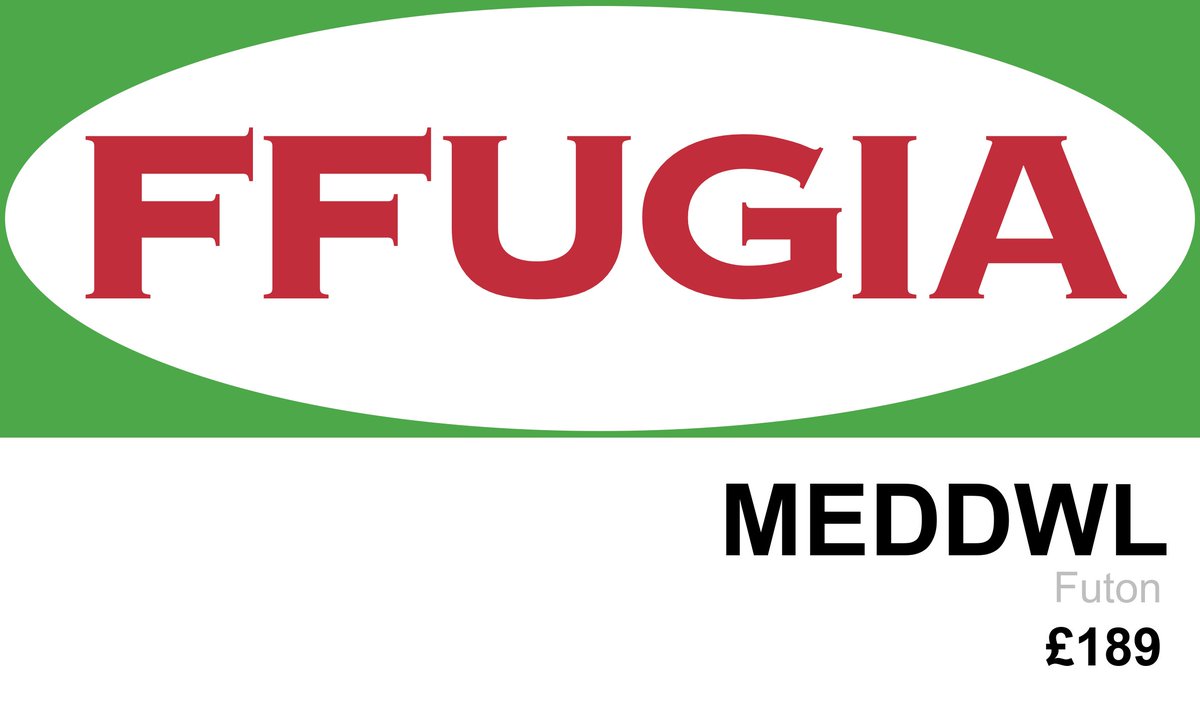After morning welcome and poster lightning presentations (teasers for afternoon), it's time for the first keynote. Roland Pfau on headshakes as negation in sign and gesture.
#LingCologne
#LingCologne

Negation is one domain in which we have a relatively large set of sign languages represented in the literature, so we can start doing cross-linguistic comparisons.
#LingCologne
#LingCologne
One hypothesis of the origin of the headshake gesture as negation is avoidance (when being fed).
#LingCologne
#LingCologne
Grammaticalization (from lexical to functional) is well known in languages, regardless of modality. However, gestures can grammaticalize in sign languages, and then it can skip the lexical stage, moving directly from gesture to functional element (e.g. headshake). #LingCologne
Roland has an intermezzo slide called "a note on notation", explaining structure of SL glossing notation for the non-sign linguist audience. Happy to see that most of his examples are videos or at least photos! (ping @jahochcam)
#LingCologne
#LingCologne
Previous work has suggested that SLs can be manual or non-manual dominant wrt negation, but more recent corpus work changes this picture — less categorical/grammaticalized. #LingCologne
degruyter.com/view/j/lity.20…
degruyter.com/abstract/j/lit…
degruyter.com/view/j/lity.20…
degruyter.com/abstract/j/lit…
Other work also point to other non-manual markers of negation, most recently tongue protrusion in Kata Kolok, described by @hlutzenberger and colleagues!
#LingCologne
#LingCologne

AFAIK, as told by @TeviTweets, ASL can also do tongue protrusion + retracted lips to mean NOT-YET (manual part not required). #LingCologne
Roland argues that manual and non-manual negation can be related to negation cycle grammaticalization. Q from Loos: "Why wouldn't the headshake come first, if gestural?"
Roland argues that headshakes can be morphemes or lexically bound to a manual sign. #LingCologne
Roland argues that headshakes can be morphemes or lexically bound to a manual sign. #LingCologne

Roland wraps up his talk with conclusions. Though he has his own formalized explanations of matters, I love how Roland always describes things in general and accessible terms! Linguists need to be able to talk to each other across theories/models! #LingCologne 

Masha Kyuseva asks a very relevant q: "To what extent is it the corpus-based approach that enriches the picture? It seems when we look at more (+naturalistic) data, things are not as categorical any more." Roland agrees and points to Marloes's and his corpus study. #LingCologne
• • •
Missing some Tweet in this thread? You can try to
force a refresh












